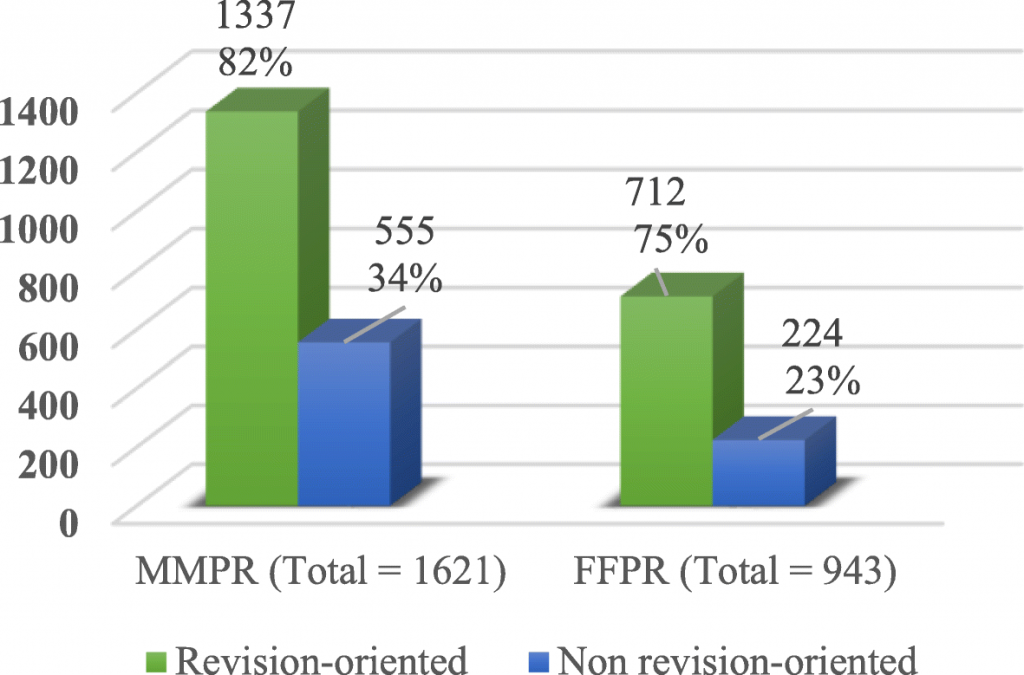Synchronous and Asynchronous Computer
Synchronous and Asynchronous Computer
انجام مقالاتisi مکانیک
Abstract
. Online written media of communication like wikis, websites, emails, and instant message services have replaced face
to face or other oral communications, which has led to the exigency of knowing how to write in English.
Hyland (2003, p. 9), reminding the importance of writing in the twenty first century, states, “The ability to communicate ideas and information effectively through the global digital network is crucially dependent on good writing skills”.
However, writing in a second language is a demanding task. Hyland (2003, p. 9) calls second language writing “one of the most challenging language skill”, which requires instruction.
Rosalina (2010, p. 3) supporting Hyland, believes “Good academic writers are not born, but made through hard work”.
She, then, mentions the complexity of writing and the need for instruction in the process of writing.

In a similar vein, Richards and Renandya (2002) describe second language writing as “the most difficult skill for L2 learners to master” (p. 303).
Students should have different skills like spelling, pronunciation and word choice as well as skills of planning and organizing, which are called low and high level skills, respectively.
The nature of the instruction in second language writing classes has undergone some changes in the last forty years.
Before the early 1970s, when product-oriented approach to writing was favored, teachers gave feedback just on the only version that students submitted (Ferris, 2003; Nunan, 1999).
Things changed from the early 1970s, when a process-oriented approach to writing gained momentum.
In process writing, students are required to write multiple drafts, revise what they have written, and teachers provide them with feedback in each stage of writing (Ferris, 2003).
Feedback in the process-approach to writing is considered as a scaffolding tool to empower language learners to write efficiently.
This feedback is provided for the students in several ways such as teacher feedback and peer feedback.
انجام پایان نامه مکانیک
Data Collection
The whole process of data collection took four months.
The data collection started with the IELTS Mock test which was administered by the institute before the commencement of the new semester.
The second step was the introduction of treatments to the participants in different groups.
During the term, the researcher collected the interactions of students in the synchronous and asynchronous computer-mediated groups for further analysis.
In addition, the first and second versions of students’ texts along with the comments were gleaned.
Between the pre- and post-tests, the participants were provided with the treatment.
In all classes, at the end of each session, the instructor gave a writing assignment to students, and students were paired randomly to participate in the peer feedback activity.
In the control group, the participants were asked to write a text each week and gather twice a week: they had four days to write their texts and bring them to a half-an-hour gathering before their reading classes, which were held on Mondays, in this half an hour period, they could read their classmates’ texts and provide comments on them.
They could also discuss the comments.
The participants had two days to revise their texts based on these comments (and corresponding discussions) and submit both versions on Wednesdays (in the writing class).
In synchronous peer feedback group, the participants were asked to upload their texts four days after the class meeting.
They had to create a group and add their instructor. They had to download it and give comments on each other texts one by one. They had half an hour to read each other’s texts and provide feedback on them.
After this period, they started discussing the provided comments. The discussions had to be terminated within 30 minutes (15 minutes on each text).

They had two days to upload their revised versions on the same group.
In asynchronous peer feedback group, the participants were asked to create their own weblogs.
They had to upload their texts on their weblogs. At the end of each session, students were paired randomly. They had upload their texts on their weblogs three days after the class meeting.
Using the comment tool of the weblog, students had 24 hours to read their classmates texts and provide comments on them.
They had one day to discuss these comments. No discussion was allowed after this point of time. The students of the
asynchronous group had two days to incorporate the comments into their revised versions.
برای مشاهده مطالب بیشتر به سایت www.farzdon.ir مراجعه نماید.

